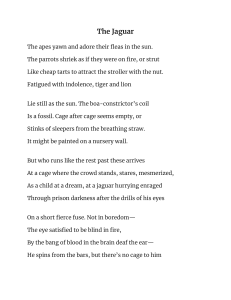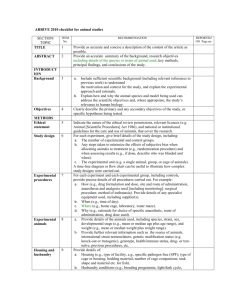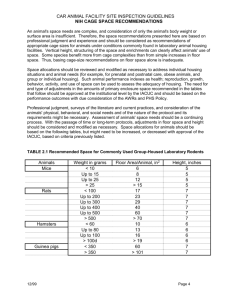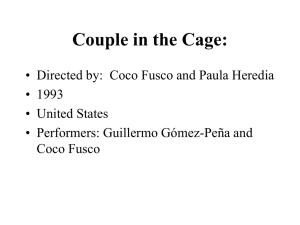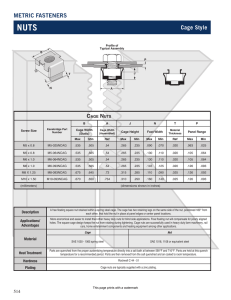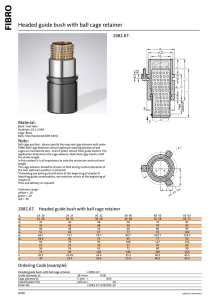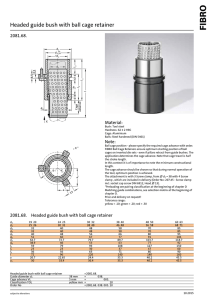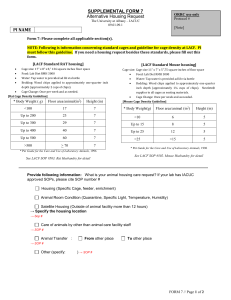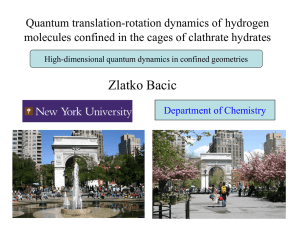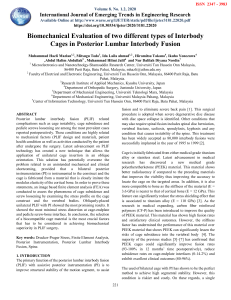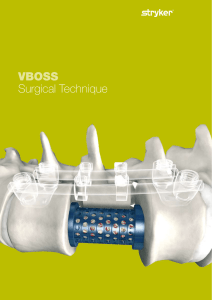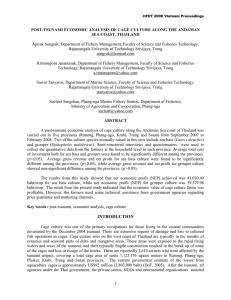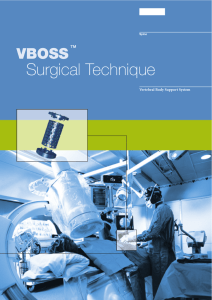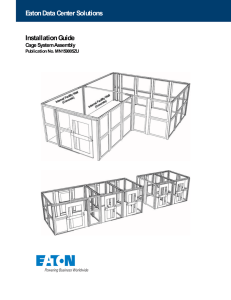Utilizing molecular biology techniques, a gene construct was created that... Luke Wheeler: Chemistry & Biochemistry
advertisement
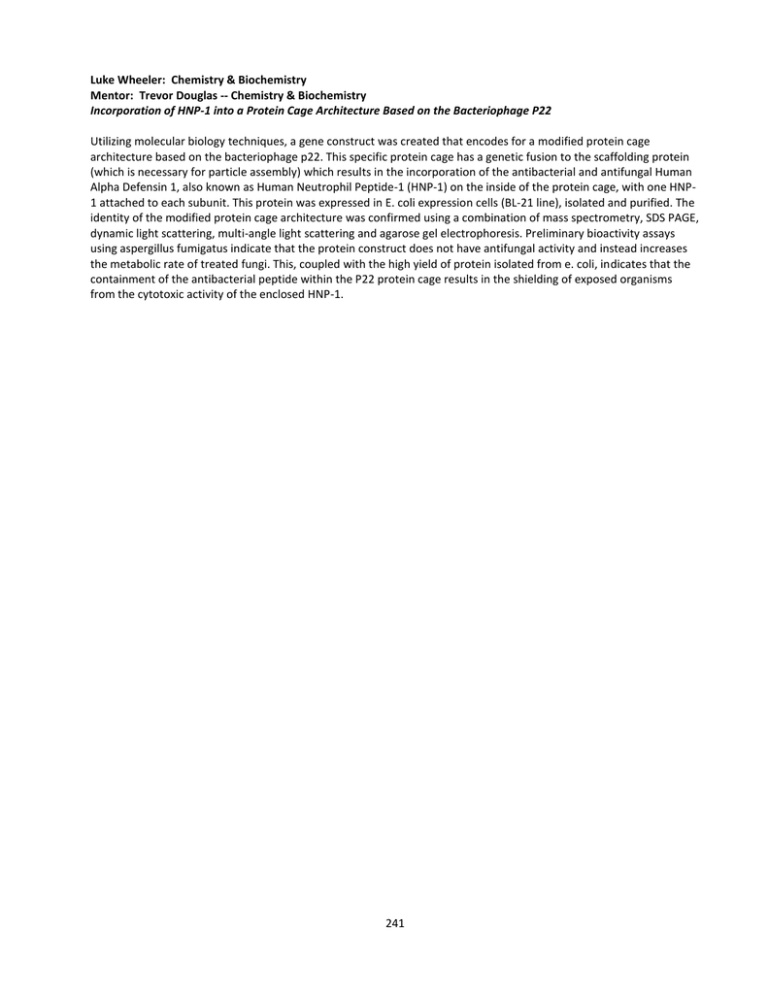
Luke Wheeler: Chemistry & Biochemistry Mentor: Trevor Douglas -- Chemistry & Biochemistry Incorporation of HNP-1 into a Protein Cage Architecture Based on the Bacteriophage P22 Utilizing molecular biology techniques, a gene construct was created that encodes for a modified protein cage architecture based on the bacteriophage p22. This specific protein cage has a genetic fusion to the scaffolding protein (which is necessary for particle assembly) which results in the incorporation of the antibacterial and antifungal Human Alpha Defensin 1, also known as Human Neutrophil Peptide-1 (HNP-1) on the inside of the protein cage, with one HNP1 attached to each subunit. This protein was expressed in E. coli expression cells (BL-21 line), isolated and purified. The identity of the modified protein cage architecture was confirmed using a combination of mass spectrometry, SDS PAGE, dynamic light scattering, multi-angle light scattering and agarose gel electrophoresis. Preliminary bioactivity assays using aspergillus fumigatus indicate that the protein construct does not have antifungal activity and instead increases the metabolic rate of treated fungi. This, coupled with the high yield of protein isolated from e. coli, indicates that the containment of the antibacterial peptide within the P22 protein cage results in the shielding of exposed organisms from the cytotoxic activity of the enclosed HNP-1. 241
